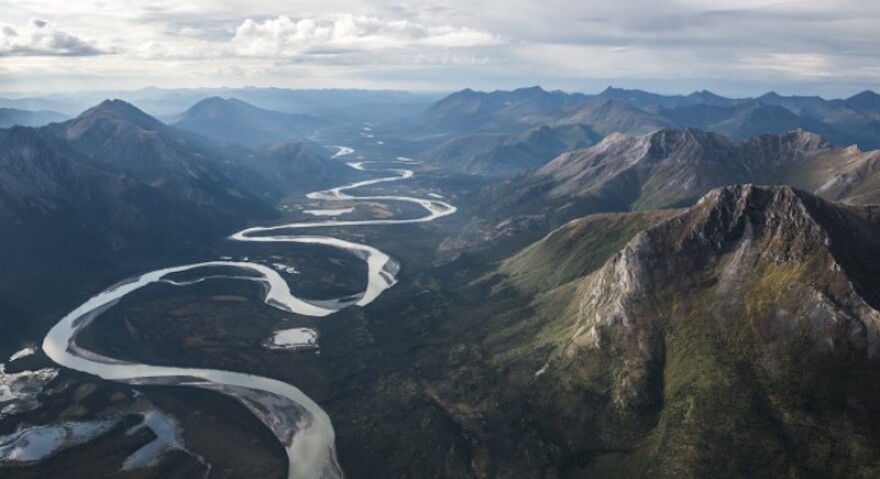The 1964 Wilderness Act was a milestone in American environmental history. After hundreds of years of clearing away the wilderness, the official policy of the nation was now to preserve the country’s remaining wild areas. Much of this wilderness is now protected in the national parks. In fact, more than half the area of the national park system is wilderness.
Wilderness receives a high level of protection. No roads are allowed, nor are motorized activities or resource extraction such as harvesting timber or minerals, though there are a few exceptions in special cases. Recreation is welcome as long as it doesn’t threaten wilderness resources or opportunities for solitude.
Of course, there are many wilderness areas in the Alaskan national parks. Gates of the Arctic Wilderness encompasses more than 7 million acres. That’s more than three times the size of Yellowstone National Park. Not only are there no roads in this wilderness area, there are no roads to it. This wilderness helps protect the legendary Brooks Range of mountains including its boreal forests, pristine rivers, vast tundra and iconic wildlife of caribou, grizzly bears, wolves and more. It also offers lifetimes of adventure.
It might be more surprising to learn that there are wilderness areas throughout the national park system. A good example is the wilderness area at Fire Island National Seashore, just miles from New York City. Though comparatively small, the area offers wilderness opportunities for the region’s 20 million residents. This wilderness helps protect the vital system of barrier islands that shelter New York from periodic storms. It also includes wilderness campsites with spectacular, even startling views of the New York City skyline. The National Park Service is responsible for managing these wilderness areas. But the term “wilderness management” might seem like an oxymoron in that wilderness implies “wild” while management suggests just the opposite. But the complexities of the modern world present some interesting wilderness-related challenges.
For example, the notion that wilderness is free from any human imprint seems to ignore the many centuries of Native American occupation. And the very concept of wilderness may seem to drive a wedge between humans and the natural environment, implying that people can’t find ways to live in harmony with nature. Then there’s natural “rewilding” in which some places - like forests that were cut many years ago - are now growing back. Do these places qualify as “wilderness?"
Use of high technology by wilderness visitors – cell phones, GPS, emergency locator beacons – can also be controversial. Preservation of wilderness is vital to the national park system, but its management can be challenging, even provocative.





